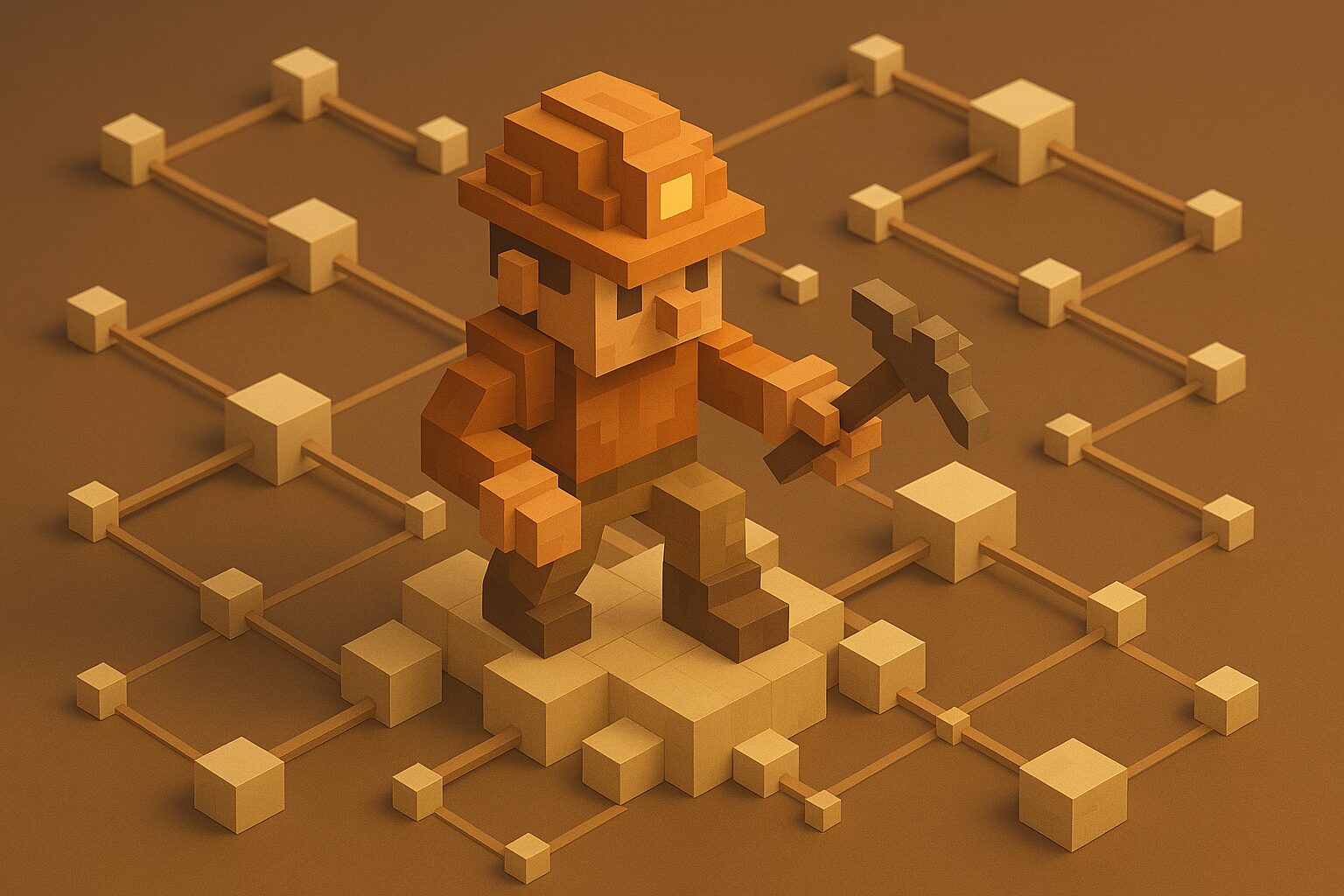As businesses and organisations look to exploit the speed and cost savings of machine translation while still delivering great content, the role of post-editing has become more important than ever.
Machine translations (MT) are not always perfect and can contain grammatical errors, awkward phrasing, or the wrong terminology. Post-editing fills the gap between the raw machine output and the final product so that it’s ready for publication or distribution.
What is machine translation post-editing?
Machine Translation Post-Editing (MTPE) is the process in which human translators review and modify machine translations to ensure they meet the required standards of accuracy, fluency and quality. This can be a necessity for translations that require a high degree of precision, such as legal, regulatory or compliance documents.
Pre-editing for better post-editing
Pre-editing is part of the machine translation post-editing process. It’s about creating or editing the source text so that it’s clear, concise and error free. This is key to getting a high quality machine translation and reducing the need for heavy post-editing. By pre-editing you save resources and get better results in post-editing.
Clear and well structured source text means more accurate machine translations and less post-editing time.
Machine translation post-editing best practices
- Know the content and context: Post-editors need to be familiar with the subject matter and context in which the translated text will be used. This knowledge helps them make informed decisions when correcting the machine-translated text so that it conveys the intended message.
- Set clear quality expectations: Depending on the purpose of the translation, the level of post-editing can vary. For example, content for internal use may only require light post-editing, focusing on correcting major errors, while content for publication may need full post-editing, involving detailed revisions to improve style and fluency.
- Use translation memories: Using translation memories (TMs) can help ensure consistency across translations. A TM stores previously translated segments which can be reused or referenced during post-editing, reducing the time spent editing and improving overall quality.
- Check terminology: Consistent and accurate terminology is key, especially in technical fields. Glossaries can assist with this as they customise machine translations for preferred terms. Nevertheless, post-editors should check the machine translation uses the correct terms and adjust as necessary to maintain consistency with industry language.
- Optimise workflow: Efficient post-editing involves a streamlined workflow where tasks are prioritised based on the type and severity of errors. Light edits may focus on obvious mistakes, while more in-depth reviews may address style and tone issues.
Post-editing guidelines and standards
Post-editing guidelines and standards are essential in ensuring that the post-editing process is carried out efficiently and effectively. The International Organization for Standardization (ISO) has defined standards for MTPE. Businesses can also develop their own post-editing guidelines and standards, taking into account factors such as the type of content, target language, and intended audience.
By following established guidelines and standards, businesses can ensure that their post-editing process is consistent, efficient, and effective.
Adhering to these standards helps maintain the quality and reliability of the translated text, ensuring it meets the desired level of accuracy and fluency.
Post-editing machine translation challenges
- Quality variance: Machine translation output can vary greatly depending on the language pair, subject matter and the MT system used. Post-editors may face challenges with highly technical content or less common languages where machines produce lower quality translations. See how GAI compares with other MT systems here.
- Cognitive load: Post-editing requires high levels of concentration as editors need to correct errors and ensure the text flows and reads well. The cognitive load can be high especially when dealing with badly translated content and can lead to fatigue and reduced productivity over time.
- Speed vs quality: One of the biggest challenges in post-editing is finding the right balance between speed and quality. While machine translation gives you a faster initial translation, the post-editing process can be time consuming if the machine output is poor, potentially offsetting the time saved by using MT in the first place.
- Resistance to change: Some translators may resist post-editing and prefer traditional human translation methods. This resistance can come from job satisfaction, perceived loss of creative control or doubts about the MT system.
- Inconsistencies and errors: Machine translations can introduce inconsistencies and errors that need to be addressed during post-editing. These may include mistranslations, awkward phrasing or incorrect grammar that need to be corrected to ensure the final text is coherent and accurate.
The added value of having an expert-in-the-loop
While post-editing machine translations has its challenges, but it’s often a necessary process for certain types of content.
With GAI you can automatically send your machine translations for expert human review whenever extra assurance is needed, simply by clicking the ‘Expert-in-the loop’ button.
SHARE THIS ARTICLE
RELATED RESOURCES
What mining professionals should know when using a LLM versus GAI SLM for safety-related terminology
Responses generated by Large Language Models (LLMs) always carry a health warning; that results can contain errors. AI copes well translating generic content, but safety-related terminology is unforgiving. Any...
5 MIN READ
Busting the big 3 myths in AI adoption: what are you doing wrong with AI?
The conversation about adopting AI tools to translate is clouded by myths - myths that create risks and missed opportunities for global businesses. This week, Be the Business, an organisation that champions...
5 MIN READ
Certified vs. generic quality: why smart leaders choose certified translation to de-risk
The way we do business today has changed drastically. Companies are more digitised and interconnected. Organisations are facing greater risks at an increased velocity. The regulatory environment is becoming ever...
4 MIN READ
What mining professionals should know when using a LLM versus GAI SLM for safety-related terminology
Responses generated by Large Language Models (LLMs) always carry a health warning; that results can contain errors. AI copes well translating generic content, but safety-related terminology is unforgiving. Any...
5 MIN READ
Busting the big 3 myths in AI adoption: what are you doing wrong with AI?
The conversation about adopting AI tools to translate is clouded by myths - myths that create risks and missed opportunities for global businesses. This week, Be the Business, an organisation that champions...
5 MIN READ




